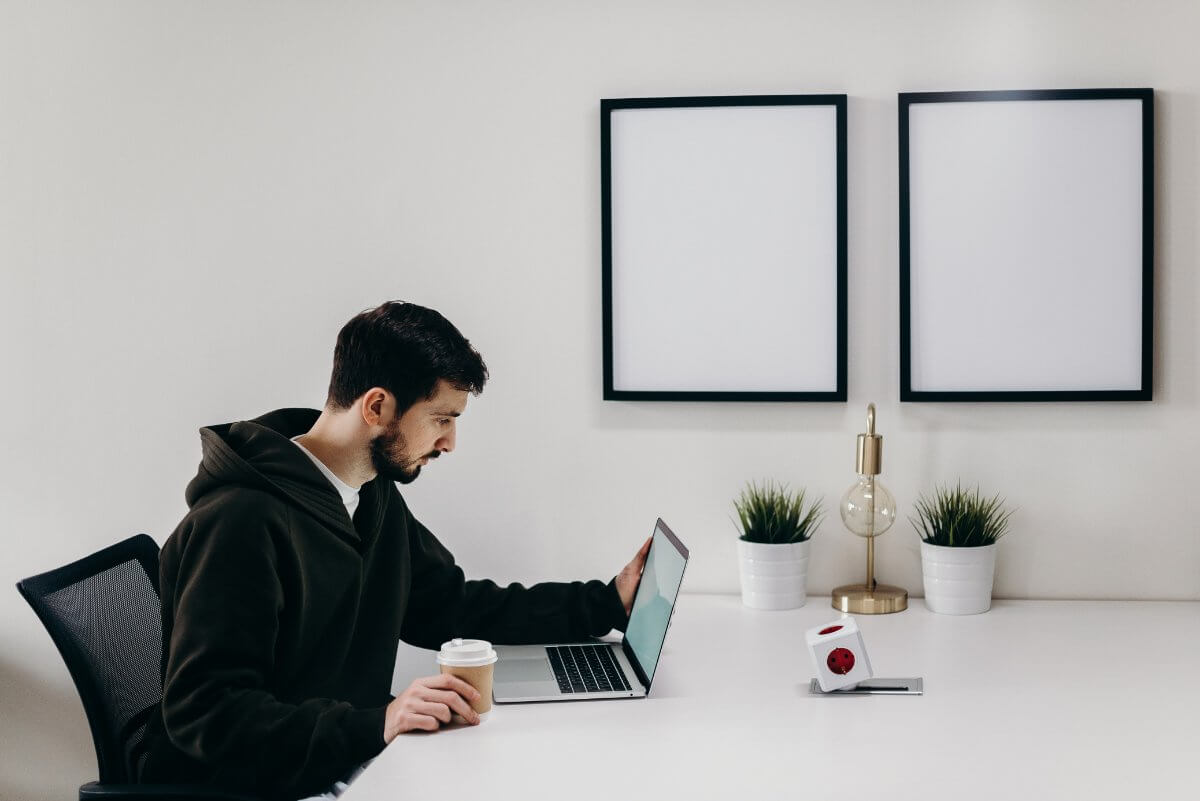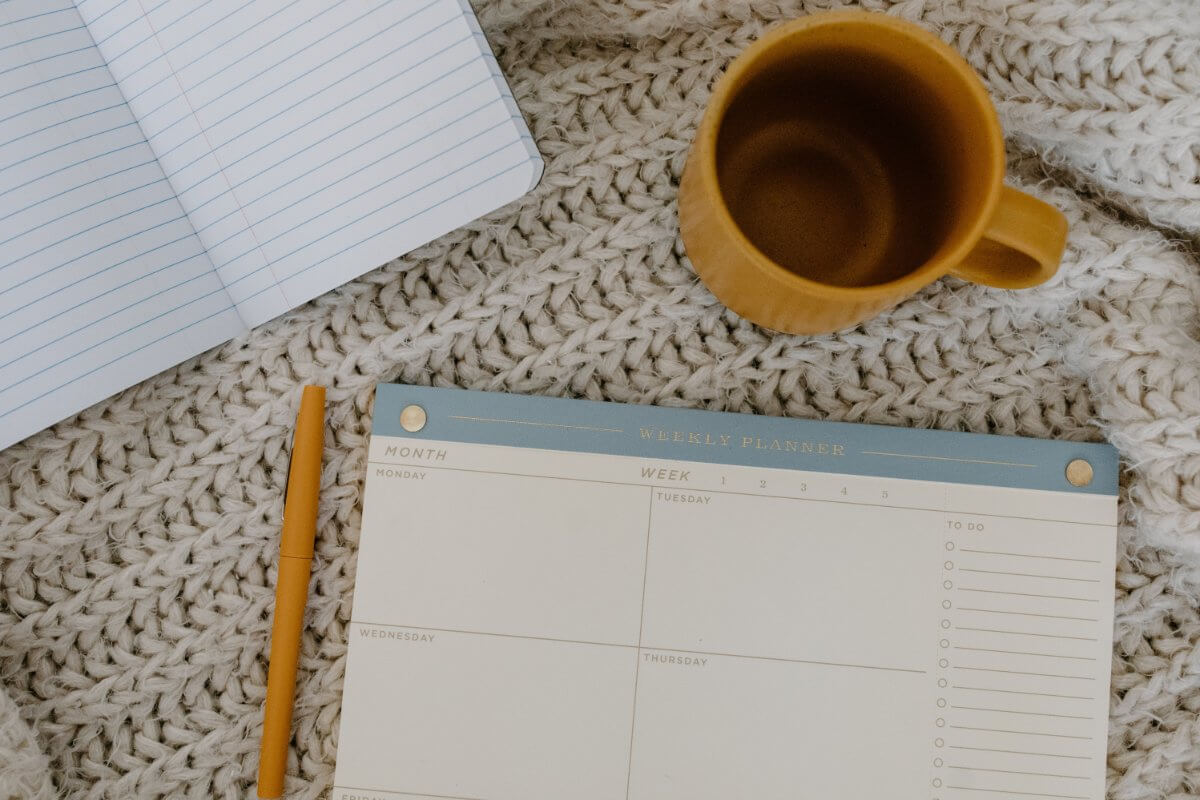Let’s face it. We live in a fast-paced world where time is a precious commodity. But have you ever stopped to think about how you’re using yours? Are you maximizing your time to its fullest potential? Or are you often left feeling like there aren’t enough hours in the day?
In this guide, we’ll explore the concept of personal productivity and its relevance not just in the workplace but also for freelancers, business owners, and individuals seeking to make the most out of their time.
Table of Contents
Understanding Personal Productivity
So, what exactly is personal productivity? In its simplest form, personal productivity is about completing important tasks efficiently. It’s about generating value and managing resources effectively. But it’s not just about ticking off tasks on a to-do list. It’s about making meaningful progress towards your goals and aspirations. It’s about making every minute count, whether you’re managing a business or simply navigating through life’s daily tasks and challenges.
Personal productivity transcends the boundaries of the workplace. It’s a concept that is equally relevant to freelancers managing multiple projects, business owners juggling various responsibilities, and individuals striving to balance work, life, and everything in between. In essence, personal productivity is about making the most of what you have, maximizing your potential, and living life to its fullest.
Why Is Personal Productivity Important?
Personal productivity is more than just a buzzword. It’s a fundamental component of success and satisfaction in life. When you’re productive, you’re able to achieve your goals more quickly and with less effort. You’re able to manage your time effectively, which leads to a better balance between work and personal life. However, the benefits of personal productivity go beyond these practical aspects.
Being productive can also contribute to your overall happiness. When you’re able to accomplish what you set out to do, it gives you a sense of fulfillment and pride. You feel in control of your life and your direction. This can lead to greater self-confidence and a more positive outlook on life.
In other words, personal productivity isn’t just about getting things done. It’s about leading a more meaningful and satisfying life.

How Do Distractions Affect Productivity?
We live in a world full of distractions. From constant notifications on our smartphones to the endless stream of information on the internet, it’s easy to get sidetracked and lose focus. And these distractions can have a significant impact on our personal productivity.
Distractions can derail our focus from what’s truly important. They can lead to procrastination, stress, and a feeling of being overwhelmed. They can make it difficult to complete tasks efficiently and effectively. In fact, research shows that it can take up to 23 minutes to regain focus after a distraction. That’s a lot of wasted time and energy!
But the good news is there are ways to manage these distractions. Techniques such as blocking out distractions, setting specific times for checking emails and social media, and implementing productivity systems can help. By taking control of your environment and your habits, you can significantly boost your personal productivity and make the most of your time.
Ways To Measure Personal Productivity
Now that we’ve established what personal productivity is, the question arises: how do we measure it? How can we quantify our efficiency and effectiveness in completing tasks?
There are two ways to do this: time tracking and measuring what you’ve actually done. These steps are not only crucial for business purposes, but they also play a significant role in our personal lives, helping us manage our time better and achieve our goals more effectively.
Step 1: Time Tracking
Time is a precious resource, and tracking it meticulously is the first step toward understanding your personal productivity. It’s about knowing where your time goes, how long tasks take, and identifying potential time-wasters.
The process can be as simple as keeping a time log on paper or as sophisticated as using tech-based tools like time-tracking apps. These tools not only help you keep track of the time spent on various tasks, but they also provide insights into your productivity patterns. This way, you can adjust and optimize your schedule for maximum efficiency.
To track your time effectively, track every single thing that you do in your day and every single hour. For example, if you want to improve productivity while freelancing, note down how you spend every hour you work. Don’t forget to write down all the breaks you take, the time you spend checking emails, and how much time you spend on your phone. At the end of the day, add up how many hours you actually spent working.

Step 2: Measuring What You’ve Actually Done
While tracking time is essential, it’s equally important to measure what you’ve actually accomplished within that time. This can be done by using to-do lists, tracking task completion rates, and calculating productivity percentages.
A to-do list is a simple yet effective tool for visualizing your tasks and marking them off as you complete them. Task completion rates, on the other hand, give you a sense of how much you’re getting done within a given time period.
Finally, productivity percentages provide a quantitative measure of your efficiency, helping you understand how much value you’re generating per unit of time. Together, these measures can give you a comprehensive view of your personal productivity and guide your efforts toward becoming more productive.
How To Become More Productive in Life
In short, to become more productive in life, prioritize tasks by setting clear goals and breaking them into manageable steps. Eliminate distractions by creating a focused environment, and allocate specific time blocks for tasks. Regularly review and adjust your strategies, and ensure you take breaks to recharge and maintain mental clarity.
But improving personal productivity isn’t really a simple, one-size-fits-all solution. It requires a bit of trial and error to find the strategies that work best for you. Here are a few tried-and-true methods that have been hailed by productivity enthusiasts worldwide.
Practice Time Blocking
Time blocking is a simple yet effective technique for managing your time. It involves dividing your day into blocks of time, each dedicated to a specific task or activity. This method encourages focus and helps prevent multitasking, which can often lead to inefficiency and errors. By dedicating specific chunks of time to individual tasks, you can ensure that each task receives your undivided attention.
Utilize the Domino Method for Task Management
The Domino Method, also known as “Eat the Frog,” is about tackling the most challenging task first. The idea is that by accomplishing your most daunting task at the beginning of the day, you’ll gain momentum and motivation to complete the rest of your to-do list. It’s about making a significant impact right off the bat, setting a positive tone for the rest of your day.
Get Up Early To Plan Your Day
Planning your day in advance is a key component of personal productivity. And what better time to plan than the quiet, uninterrupted hours of the early morning? By getting up early, you can map out your day, set your priorities, and start your day with a clear action plan. This proactive approach can help you stay on track and avoid last-minute scrambles.
Batch Your Tasks
Task batching is another powerful strategy for enhancing productivity. It involves grouping similar tasks together and completing them in one go. This method reduces the mental load of switching between different types of tasks, allowing you to get into a “flow” state and work more efficiently. Whether it’s responding to emails, making phone calls, or doing administrative tasks, batching can help you streamline your workflow and boost your productivity.

Productivity Frameworks To Try
Now that we have a solid understanding of what personal productivity entails let’s delve into some productivity frameworks and methods that can help you manage and prioritize tasks more efficiently. These strategies don’t definitely suit everyone the same, but they are tools that you can adapt to fit your unique circumstances and productivity needs.
The Pomodoro Technique
Developed by Francesco Cirillo in the late 1980s, the Pomodoro Technique is a time management method that encourages individuals to work with the time they have rather than against it. The technique involves breaking your workday into 25-minute intervals (known as “pomodoros”) separated by five-minute breaks. These intervals are known to enhance focus and concentration by providing regular breaks to ensure mental agility.
Kanban Dashboard
Originating from Japanese manufacturing systems, the Kanban method is a visual framework used to track work as it moves through various stages. A Kanban dashboard is typically divided into three columns: “To Do,” “In Progress,” and “Done.” This system encourages efficiency by limiting the number of tasks in progress and providing a clear visual representation of your workflow.
MoSCoW Prioritization
MoSCoW Prioritization is a method adapted for personal productivity to categorize tasks based on urgency and importance. Tasks are classified as:
- Must have (critical and non-negotiable)
- Should have (important but not critical)
- Could have (desirable but not essential)
- Won’t have (this time) (not a priority currently)
This method helps in decision-making about what should be done now and what can be left for later, ensuring that time and resources are spent where they are most needed.
Set SMART Goals
Setting SMART goals is a popular method to enhance personal productivity. SMART stands for Specific, Measurable, Achievable, Relevant, and Time-bound. By ensuring that your goals are clear, quantifiable, realistic, pertinent to your objectives, and time-sensitive, you can significantly enhance your productivity. This method provides a clear path to follow, making it easier to stay focused and motivated as you work towards your goals.
The key to personal productivity lies in finding a method that works best for you. Experiment with these frameworks and adapt them to your needs. With the right tools and mindset, you can maximize your personal productivity and make every minute count.
Other Tips To Consider
While understanding and applying the concept of personal productivity is crucial, there are other strategies that can further enhance your productivity levels. These additional tips can provide a broader perspective on productivity and offer alternative ways to manage your time and energy more effectively.
Focus on Energy, Not Time Management
While time management is important, it’s equally crucial to manage your energy. Energy, unlike time, is a renewable resource. By focusing on managing your energy levels, you can ensure that you’re not just busy but productive. This can involve taking regular breaks, eating healthy, exercising, and getting enough sleep. When you take care of your physical well-being, you’ll find that you have more energy to devote to your tasks, leading to increased productivity.
Prioritize Your Tasks
Not all tasks are created equal; some tasks are more important or urgent than others. By prioritizing your tasks, you can ensure that you’re focusing your time and energy on the tasks that truly matter. This can involve using tools like the Eisenhower Box, which helps you categorize tasks based on their urgency and importance.
Reevaluate Your Use of Social Media
Social media can be a major time sink if not used wisely. While it’s important to stay connected, excessive use of social media can distract you from your tasks and reduce your productivity. Consider setting specific times for checking social media or using apps that limit your usage. Remember, it’s about being in control of your time, not letting it control you.
Declutter Your Home and Workspace
A messy home and workspace can be very distracting. They can block you from thinking clearly and working efficiently and interrupt your workflow. If you’re constantly forgetting where you put things or get distracted by the things around you, you need to declutter your home.
Start by identifying and removing items in your home and workspace that aren’t essential or don’t serve a specific purpose. Then, look at the remaining items and organize them, ensuring that the things you use most frequently are easily accessible. If you don’t have a home office, create a dedicated zone or area where you can work with minimal distractions.
Use Technology To Manage Your Projects
There’s a plethora of tools and applications designed to enhance personal productivity, which is especially important if you’re working on more than one project at a time. To manage everything more efficiently, use project management tools like Trello, Asana, or Basecamp to organize, prioritize, and track your tasks.
Conclusion
Improving personal productivity is a continuous journey, not a destination. It’s about constantly seeking ways to make better use of your time, manage your resources more effectively, and make meaningful progress toward your goals. Whether you’re a freelancer juggling multiple projects, a business owner with a myriad of responsibilities, or an individual striving to balance work and life, enhancing your personal productivity can have a profound impact on your success and overall quality of life.
Just remember that personal productivity isn’t about doing more in less time. It’s about doing what matters most with the time you have.





